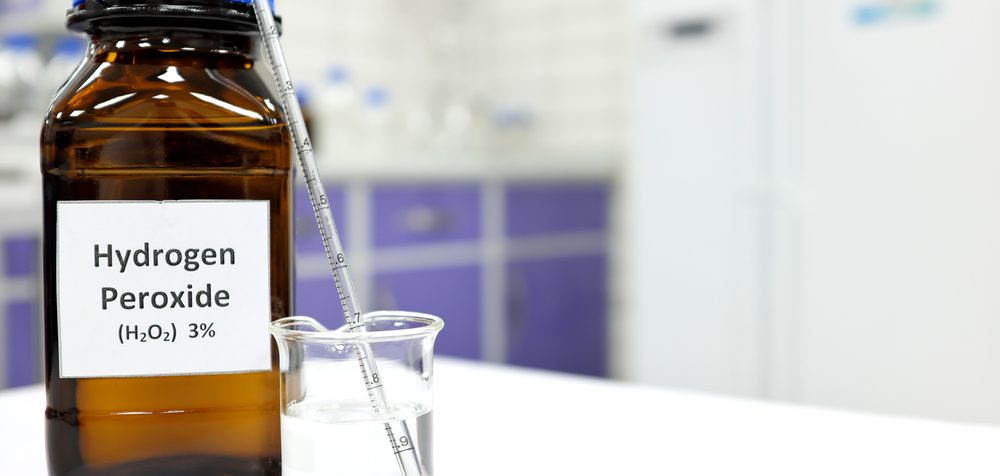
Researchers at the National University of Singapore (NUS) have developed a method that will efficiently and cleanly produce hydrogen peroxide (H2O2) using a photosynthetic process. This system could be further developed to construct self-cleaning surfaces and for disinfection treatments.
Industrial production of H2O2 currently relies on the anthraquinone process which is highly energy-intensive, requires the use of toxic solvents and expensive noble-metal catalysts, and generates substantial waste from side reactions. A photocatalytic production of H2O2 from oxygen and water, however, is energy-efficient and clean. This new method from NUS also addresses the challenges of current existing photocatalytic systems, including: low activity; the heavy use of additional alcohol sacrificial donors; and the necessity for pure oxygen gas input.
To develop a new type of c for the efficient artificial photosynthesis of H2O2 from water and air, the team from the NUS Department of Chemistry constructed microporous, hexavalent covalent organic frameworks (COFs) with dense donor–acceptor lattices and engineered linkages for the spontaneous, efficient, and clean production of hydrogen peroxide (H2O2). When tested, the COFs demonstrate a quantum efficiency of 17.5% under visible light at 420 nm in batch reactors.
“In this work, we successfully addressed a key and common issue in photocatalysts, electrocatalysts, and heterogeneous catalysts, which is the efficient supply of charges and mass to catalytic sites, “said team lead Professor Jiang Donglin from NUS. “Our focus on precise structural design at the atomic level to explore both the skeletons and pores of COFs has led to the creation of an artificial photosynthesis system for H2O2 production, achieving unprecedented photocatalytic efficiency.”
